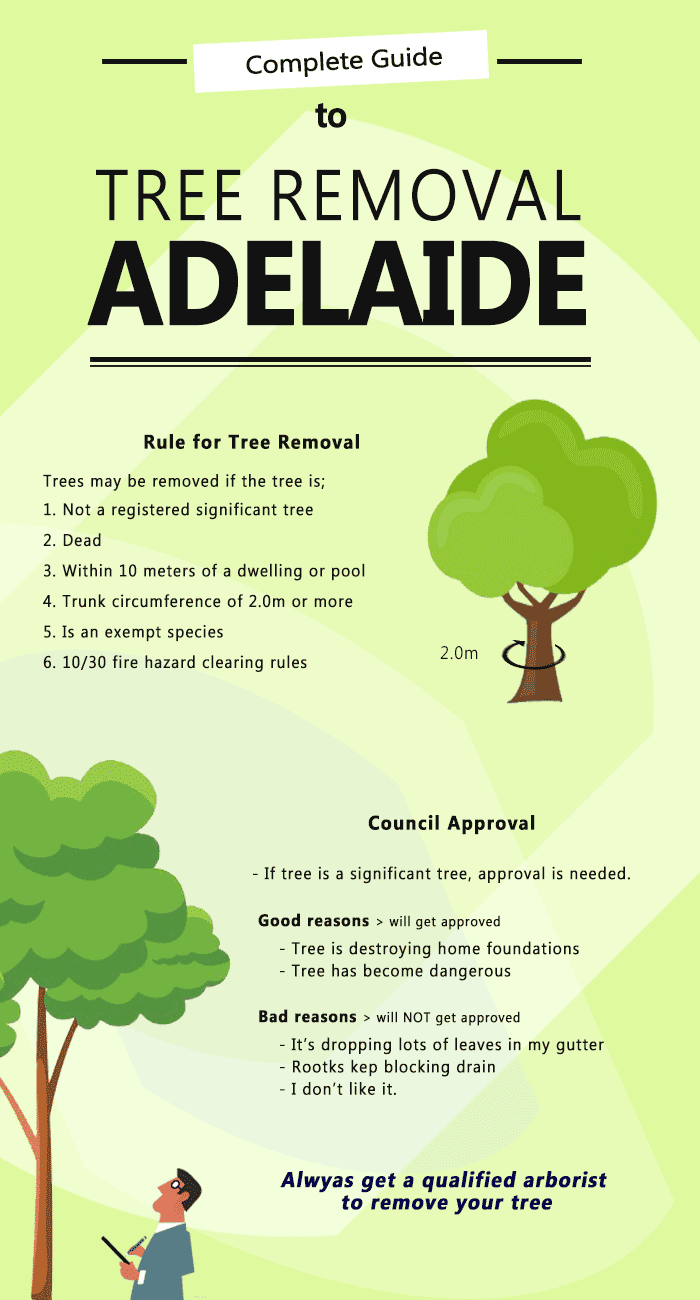Care After Tree Removal: Effective Ways To Rejuvenate Your Landscape
Care After Tree Removal: Effective Ways To Rejuvenate Your Landscape
Blog Article
Created By-Tate McKinnon
After a tree's elimination, your landscape may look quite various, and it's vital to evaluate the results very carefully. You'll want to evaluate the dirt disturbance and inspect bordering plants for any signs of anxiety. Neglecting these aspects can bring about bigger troubles down the line. So, what should you do with those stumps and roots? And just how do you select the most effective plants for your revitalized area? Let's check out these important steps.
Assessing the Aftermath: Examining Your Landscape
After a tree removal, it's essential to assess your landscape to recognize the influence it carries your yard.
Start by examining the location where the tree stood. Try to find signs of dirt disruption, and examine the bordering plants for any kind of stress and anxiety or damage.
You ought to additionally keep in mind of exactly how the removal has actually altered sunshine exposure and air movement in your garden. This change can affect the development of close-by plants, so it's essential to examine their health.
Take into consideration the visual elements as well; the elimination may develop an open space that you can revamp.
Ultimately, consider please click the up coming post of potential erosion problems that may occur from the tree's absence. Attending to these aspects early will assist bring back equilibrium to your landscape.
Dealing With Stumps and Origins: Choices for Elimination
As soon as you've assessed the results of the tree removal, you'll likely require to deal with the stump and roots left behind.
You have a few alternatives for removal. One effective method is stump grinding, where an expert utilizes an equipment to grind the stump down to underground degree. This strategy leaves marginal disruption to your landscape.
If you prefer a DIY method, you can use a mix of digging and chemical stump removers. Just bear in mind, this procedure can take time and effort.
Conversely, consider leaving the stump as an all-natural feature, which can work as a distinct garden aspect or environment for wildlife.
Whatever you choose, attending to the stump and origins is essential for recovering your landscape.
Picking the Right Plants for Your New Area
As you examine your recently gotten rid of space, choosing the right plants can considerably improve your landscape's beauty and functionality.
Start by thinking about the sunshine and dirt problems. For sunny locations, choose drought-resistant plants like lavender or succulents. In shaded https://gettingridofatreestump95172.bloginder.com/35962637/tree-removal-prices-malfunction-planning-for-your-landscape-design-demands , ferns and hostas prosper well.
Think about the size and growth habits of your plants; mix perennials and annuals for seasonal range. Don't forget to incorporate native varieties; they require much less upkeep and support regional wildlife.
Team plants in strange numbers for an extra natural look and create layers for visual deepness.
Ultimately, ensure you have a mix of shades and textures to keep your landscape vibrant throughout the seasons.
Satisfied growing!
Conclusion
Finally, restoring your landscape after tree removal is a rewarding procedure. By examining the after-effects, attending to stumps and origins, and picking the right plants, you'll develop a thriving setting. Do not fail to remember to integrate erosion control steps to secure your soil. With a little initiative and care, you can change your space right into a vivid garden that enhances your residential property. Embrace the chance to invigorate your landscape and delight in the appeal of nature right in your yard!
